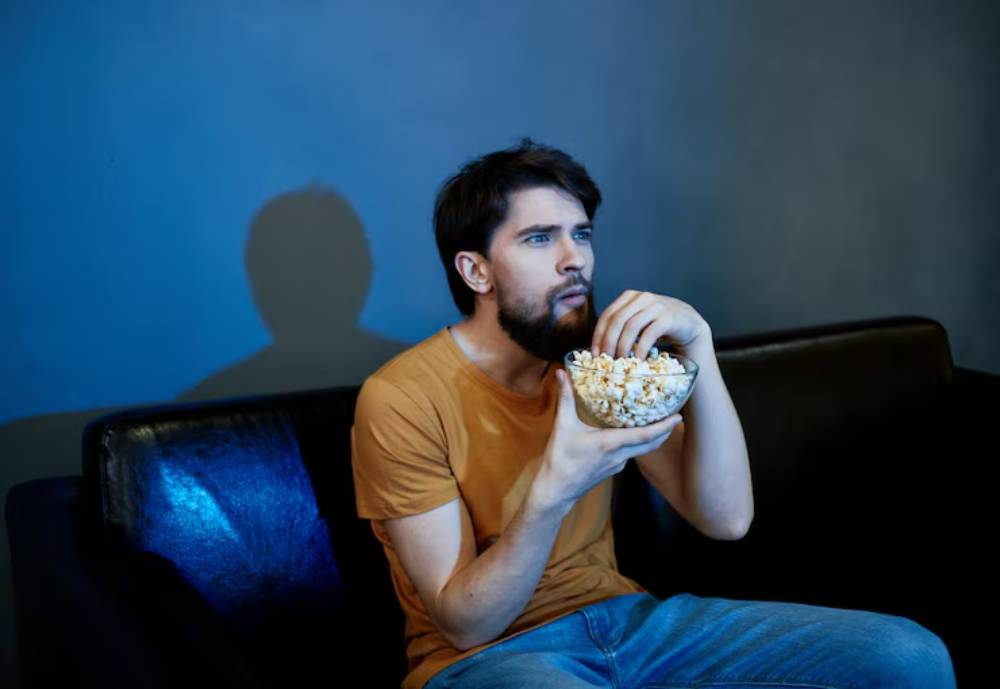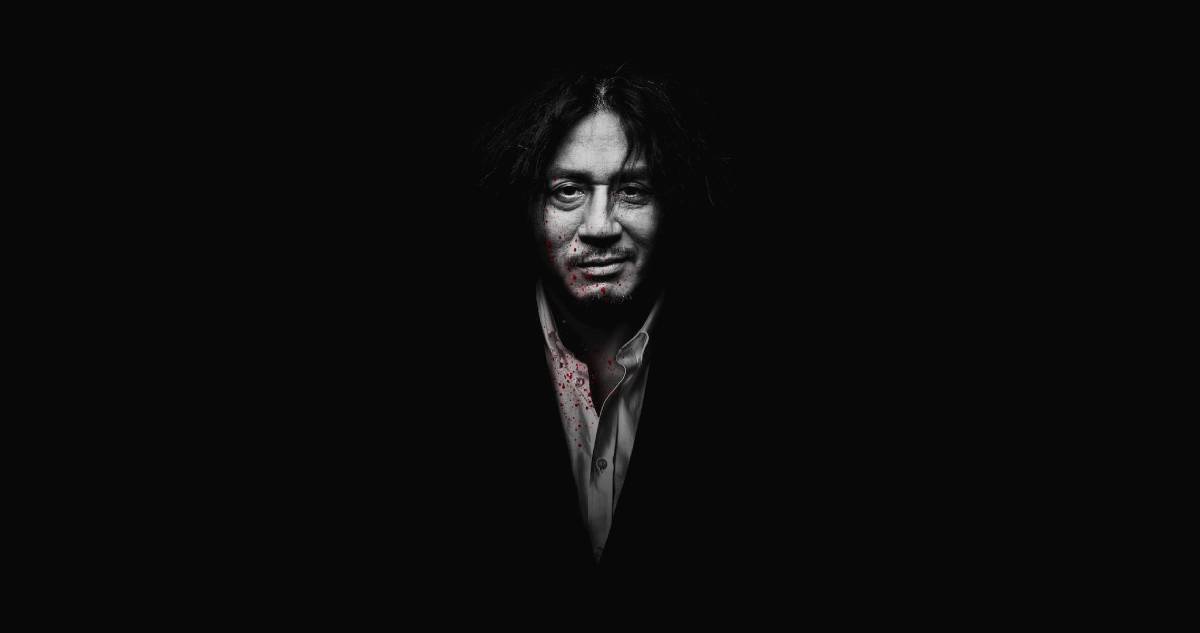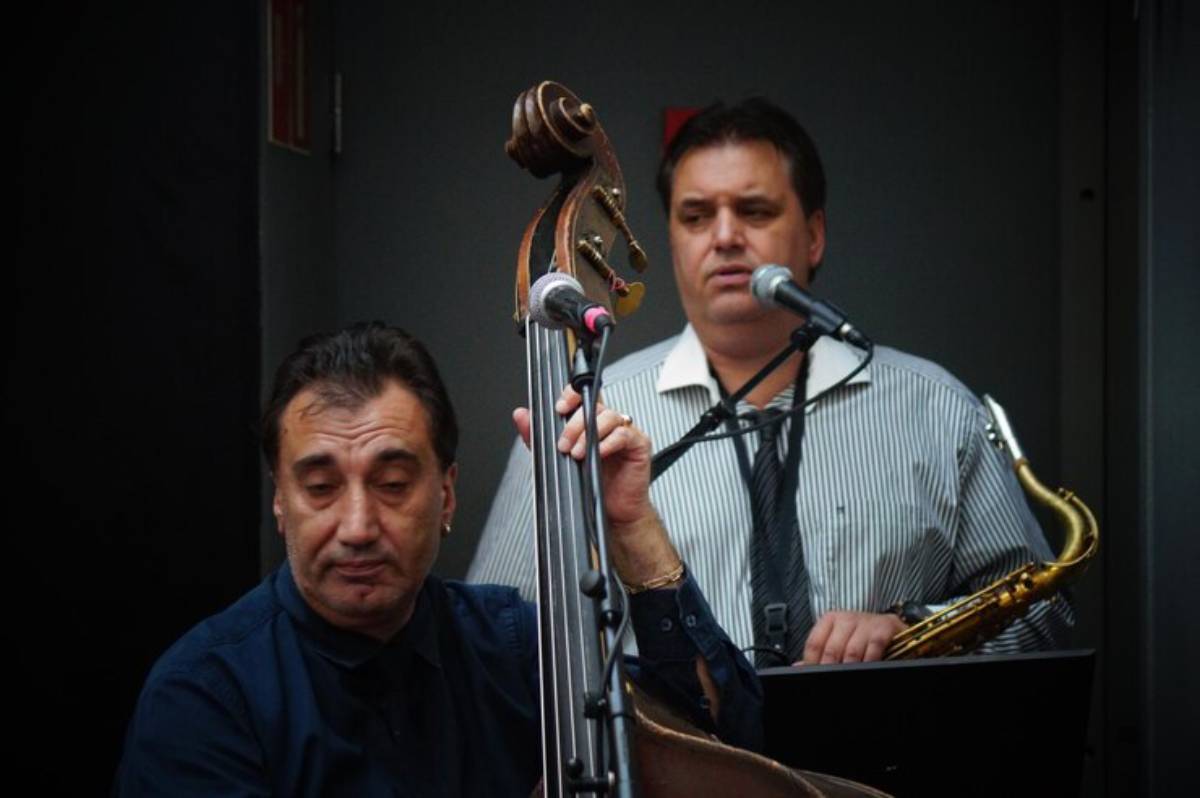
How to Analyse a Movie Like a Professional Critic: A Comprehensive Guide
Today, films are easier to access than ever. Learning to analyse a movie like a critic can improve your viewing experience. As of October 2023, the film industry produces many different works. Each film brings unique stories, skilled craftsmanship, and artistic depth. This guide aims to equip you with the skills to dissect these elements with the precision of a seasoned film critic. If you’re a film student, a budding critic, or simply a movie lover, learning to evaluate films can boost your appreciation and understanding of cinema.
Understanding the Core
Film analysis involves breaking a movie into its key parts. Then, we assess how well these elements work together to shape the film’s overall impact. This looks at story structure, character growth, themes, camera work, sound, and directing choices. Critics use their deep knowledge of film history, genre rules, and filmmaking methods to shape their reviews.
Narrative Structure
The narrative structure is the backbone of any film. It encompasses the plot, the sequence of events, and the pacing. Knowing the narrative arc—exposition, rising action, climax, falling action, and resolution—helps you see how well a story is built. This understanding also shows if it keeps the audience engaged.
Character Development
Characters are the heart of any story. Looking at how characters grow, what drives them, and their journeys can show a lot about the film’s themes and emotional effects. Think about how the actors’ performances, dialogue, and interactions make the characters feel real and complex.
Thematic Elements
Themes are the underlying messages or questions a film explores. Recognizing these themes can help you understand the film’s purpose and importance better. Consider how the film’s themes resonate with contemporary issues or universal human experiences.
Cinematography
Cinematography covers the visual parts of a film. This includes shot composition, lighting, and camera movement. A critic looks at how these parts shape the story and its feelings. Pay attention to the use of colour, framing, and visual symbolism.
Sound Design
Sound design, including the score, sound effects, and dialogue, plays a crucial role in creating atmosphere and mood. Examining how sound enhances the story and stirs emotions reveals the film’s artistic goals.
Directorial Choices
The director’s vision is integral to a film’s identity. Consider how the director’s stylistic choices, such as pacing, tone, and visual style, shape the film’s overall impact. Understanding the director’s previous work can also provide context for their creative decisions.
Quick Guide / Checklist
To assist you in your analysis, here is a quick-reference checklist of key elements to consider:
- Narrative Structure: Evaluate the plot and pacing.
- Character Development: Assess character arcs and performances.
- Thematic Elements: Identify and interpret underlying themes.
- Cinematography: Analyse visual style and composition.
- Sound Design: Examine the use of sound and music.
- Directorial Choices: Consider the director’s stylistic influence.
Step-by-Step Guide (How to Practise)

1. Watch the Film Carefully
Begin by watching the film attentively, preferably without distractions. Take notes on your immediate reactions, standout scenes, and any questions that arise.
2. Research the Film’s Context
Understanding the film’s context can provide valuable insights. Research the director, cast, production history, and any cultural or historical influences. This background information can inform your analysis and highlight the film’s significance.
3. Break Down the Narrative
Analyse the film’s narrative structure. Identify the key plot points and evaluate how they contribute to the overall story. Consider whether the pacing is effective and how the narrative arc engages the audience.
4. Examine Character Development
Focus on the characters and their journeys. Assess how the actors performed and how their roles add depth and relatability to the characters. Consider whether the characters undergo meaningful development or change.
5. Identify Themes
Reflect on the film’s themes and messages. Consider how these themes are conveyed through the narrative, characters, and visual elements. Think about the film’s relevance to contemporary issues or universal human experiences.
6. Analyse Cinematography

Pay attention to the film’s visual style. Analyse the use of lighting, colour, camera angles, and shot composition. Consider how these elements enhance the storytelling and evoke emotions.
7. Evaluate Sound Design
Listen to the film’s soundscape, including the score, sound effects, and dialogue. Consider how sound is used to create atmosphere, build tension, or highlight important moments.
8. Reflect on Directorial Choices
Consider the director’s influence on the film. Analyse their stylistic choices and how these contribute to the film’s tone and impact. Reflect on how the director’s vision shapes the overall narrative and emotional experience.
Pro Tip: Avoid an over-reliance on the plot. While the plot is important, avoid focusing solely on it. Consider the film’s artistic and thematic elements as well.
Important: Beware of any bias. Be mindful of your personal biases and preferences. Strive for an objective analysis that considers multiple perspectives.
Secret Tip: Engage with other critics. Reading reviews and analyses from other critics can provide new insights and perspectives. Engage with the broader critical discourse to enhance your understanding.
Best Practices & Additional Insights
- Watch Films Multiple Times: Re-watching a film can reveal new details and deepen your understanding. Consider viewing the film with a specific focus each time, such as character development or cinematography.
- Take Detailed Notes: Write down your observations and thoughts. This helps you organise your analysis and back up your arguments.
- Talk with Others: Chatting with film lovers or critics can give you fresh ideas and views. Consider joining film clubs or online forums to share your thoughts.
FAQs

How do I improve my film analysis skills?
Improving your film analysis skills takes time. You benefit from regular practice and watching different movie styles. Start by regularly watching films across genres, cultures, and time periods. After each viewing, write a brief analysis. Focus on aspects like cinematography and character arcs.
Enhance your learning with:
- Books on film theory
- Essays by respected critics
- Online courses
- YouTube channels focused on film analysis
Writing down your thoughts and then comparing them to reviews can improve your critical skills.
Can I analyse a film without formal training?
Absolutely. Many respected film critics and fans have honed their skills on their own. They learn through experience and self-education. Formal training helps you understand film theory and cinematic language faster. But, curiosity and a commitment to learning are just as important. You can learn a lot by watching director commentaries, reading reviews, and joining film discussions.
What resources can help me learn more about film analysis?
There are numerous resources to help you on your journey. Here are a few recommendations:
- Books:
- Film Art: An Introduction by David Bordwell and Kristin Thompson
- How to Read a Film by James Monaco
- The Visual Story by Bruce Block
- Online Courses:
- Introduction to Film Studies (Coursera, edX, MasterClass)
- The Language of Hollywood: Storytelling, Sound, and Color (Coursera)
- YouTube Channels:
- Every Frame a Painting
- Lessons from the Screenplay
- Nerdwriter1
- Film Criticism Websites:
- RogerEbert.com
- IndieWire
- Sight & Sound
- BFI and Criterion Collection essays
How can I tell if a film is “good” or “bad”?
Determining a film’s quality often depends on a mix of objective criteria and personal interpretation. Critics look at how well films use cinematic tools. This includes storytelling, visual composition, acting, and editing. They judge these elements based on how they meet artistic or emotional goals. However, subjectivity plays a large role. A technically brilliant film might not resonate with all viewers. Instead of thinking in binary terms like “good” or “bad,” try assessing how well the film succeeds on its own terms and whether it achieves what it sets out to do.
How do critics handle films that are deliberately abstract or unconventional?
Professional critics often approach abstract or avant-garde films with a different mindset. They don’t want a straight plot or typical characters. Instead, they seek symbolic meanings, emotional reactions, or philosophical themes. These films might need you to watch them several times. You may also need to do some research. Look into the director’s vision, historical influences, or artistic movements like surrealism and minimalism. Keeping an open mind and resisting the urge to seek tidy resolutions is key when analysing experimental cinema.
Is it okay to dislike a critically acclaimed film?
Yes, and in fact, it’s completely normal. Personal taste, background, and emotional response vary from person to person. The goal of film analysis isn’t to follow popular opinion. Instead, it aims to explore why a film gets praise. This way, you can express your own viewpoint clearly. Being able to appreciate a film’s craftsmanship while still not connecting with it emotionally is a mark of a balanced and mature critic.
Conclusion: Unlocking the Power of Film Analysis
In conclusion, analysing a movie like a professional critic requires a keen eye for detail and a deep understanding of film elements. Look at narrative structure, character development, themes, cinematography, sound design, and direction. This way, you can understand a film’s artistic and emotional impact better.
As you practice your analytical skills, you’ll start to appreciate cinema more. You’ll uncover new layers of meaning and insight.
If you’re eager to enhance your film analysis skills further, consider joining a film club or enrolling in a film studies course. Connect with other film lovers and critics. This will help you see new viewpoints and enhance your understanding. The world of cinema is huge and always changing. It offers many chances to explore and discover.


